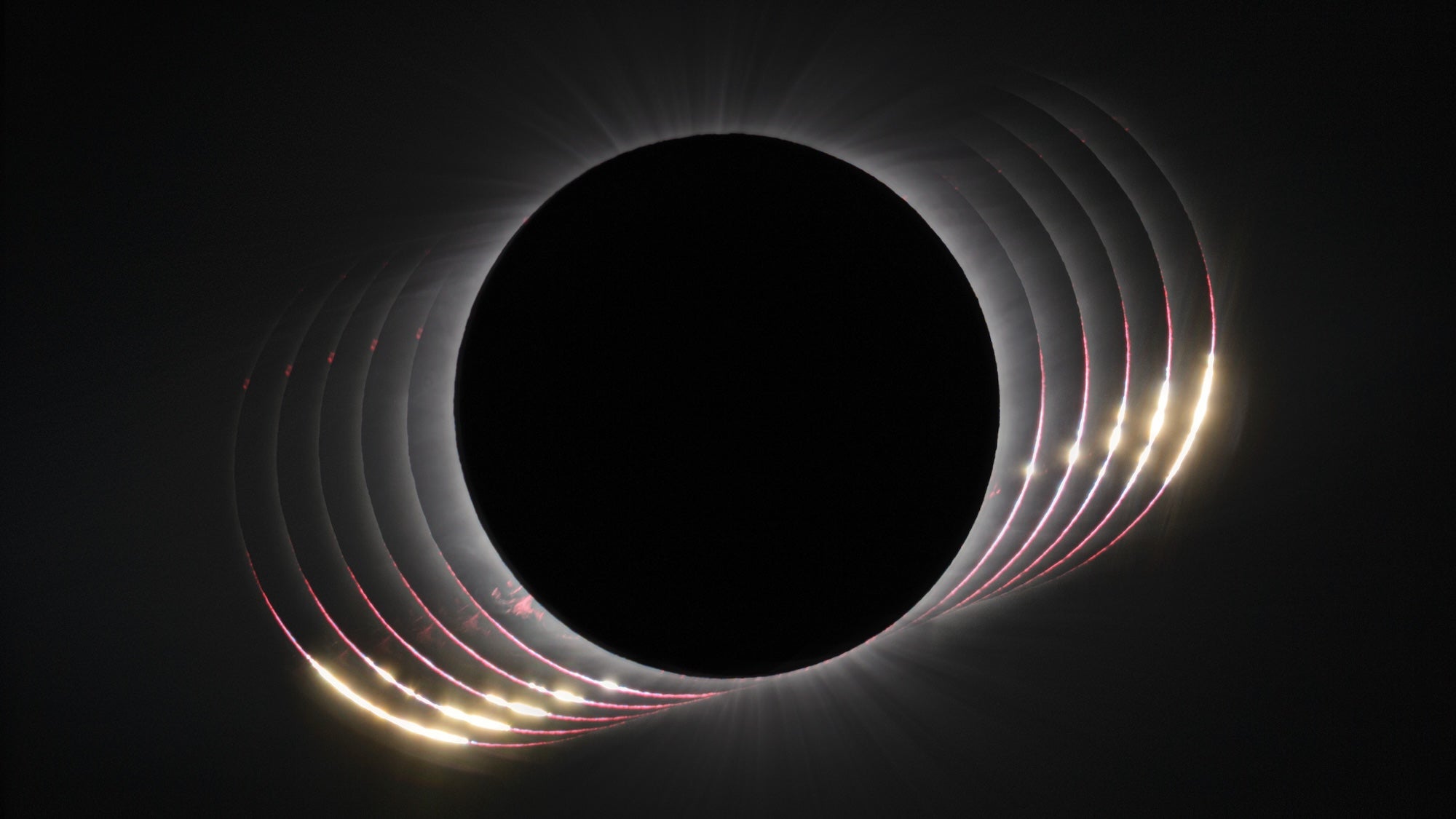A rotating spheroid will oblate when its centrifugal force generates enough inertia to slightly flatten it out into a more irregular, elliptical shape.
I didn’t know inertia could be generated. I thought mass just had inertia. Could someone explain? Are they talking out of their ass or is that statement actually accurate?
I think whoever wrote it just used the wrong word because yes inertia is dependent on mass, not momentumOkay I actually decided to check and I think it just a poorly written explanation of rotational inertia
A rotating spheroid will oblate when its centrifugal force generates enough
inertiaangular momentum to slightly flatten it out into a more irregular, elliptical shape.If the shape also changes, this would mean distribution of that mass relative to the axis of rotation would also have changed, which if I’m reading this right, affects rotational inertia.
Thank you! I knew I wasn’t crazy… 😬
They are talking about Moment of Inertia. Inertia wrt to rotation changes with how they are positioned in reference to the spinning axis. Think slender bodies are easier to rotate compared to wider bodies with same mass. That’s what they mean when earth slightly flattens out its becoming less slender and more difficult to rotate
This image highlights Baily’s deads
lol, I’m not trying to pick on someone with dyslexia but this was a pretty funny typo.




